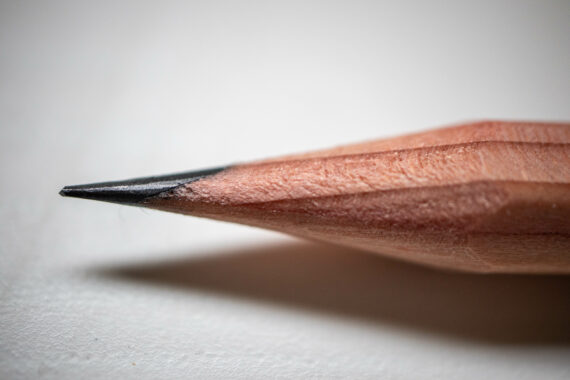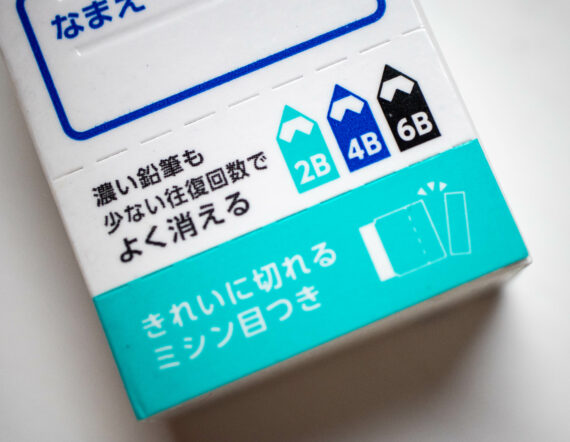ippo! x MONO
Thanks to Shangching from East…West…Everywhere my family got a parcel with some nice stationery surprises and our son, and by extension I, were able to try out Tombow’s ippo! pencils for school children as well as the corresponding eraser.

My understanding is that the pencils from this set aim at being easily erasable, so they have soft leads that produced nice, dark lines and the special eraser makes it easy for kids to erase any mistakes cleanly and nice, making the page ready for the next attempt.

Like many other Tombow pencils, the ippo! pencils, this set came with two in red, two in blue, two in yellow, are all made in Vietnam. The eraser was manufactured in Japan.

Hats off to Tombow, this set definitely achieves what (I think) it set out to do.

The eraser performs very similar to other dust free erasers, but feels softer, so makes for pleasant erasing. The pencils, being (Japanese) 2B, are very soft. The softness of the lead will probably help in making the user press less hard, so the writing is more likely to be on top of the paper whereas a harder lead might have made the user press down more, resulting in compressed paper where the line was. No compressed paper -> no deep lines, which will still be visible after erasing as a sort of crevice on the page -> the erased area looks very clean.

I also like the fact that the eraser sleeve is perforated, so you can easily shorten it when the eraser gets used up.

Overall a very nice pencil and eraser set. Similar to other Kakikata pencils the pencils have an area for labelling with your name and are uncapped.













